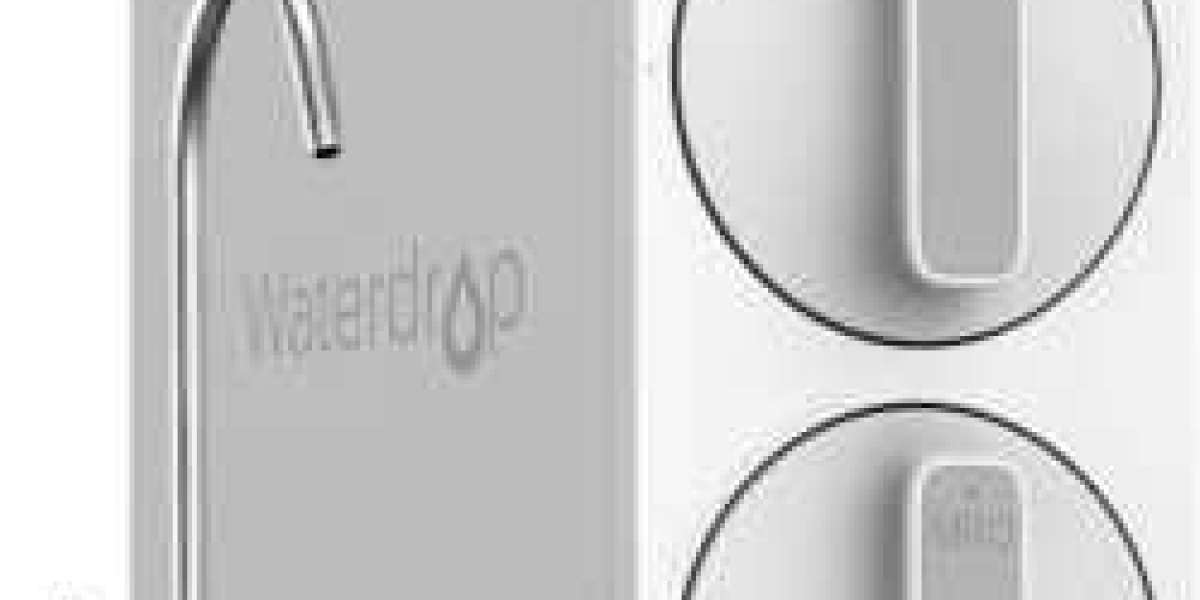Transforming Remote Work with Smart Timesheet Apps
The world of work has undergone a dramatic shift. Remote work is no longer a temporary adjustment—it’s a permanent fixture in the modern business landscape. As companies adopt hybrid and fully remote models, one critical challenge emerges: how to track time, productivity, and accountability without micromanagement. The answer? Smart timesheet apps.
These digital tools are more than just digital clocks. They're built with automation, real-time data, and intelligent features that empower managers and employees alike to thrive in distributed environments. In this article, we’ll explore what a timesheet app is, how it functions, and how it's transforming remote work in 2025 and beyond.
What Is a Timesheet App?
A timesheet app is a digital solution designed to help employees record, track, and manage the hours they spend working on various tasks or projects. Unlike traditional paper-based timesheets or manual spreadsheets, a smart timesheet app automates time tracking and integrates with project management, billing, payroll, and HR systems.
Most modern apps allow for both manual entries and automatic time tracking. Employees can start and stop timers, log time on specific projects, and categorize their work for accurate reporting. Managers benefit from real-time visibility, automated reporting, and better resource planning.
Why Remote Work Needs Smart Timesheet Solutions
Remote work poses unique challenges. With employees working from different time zones and environments, ensuring productivity and maintaining team alignment becomes more complex. Here's how smart timesheet apps are tackling these challenges:
1. Enhanced Productivity Tracking
Smart timesheet apps offer automatic time tracking and activity monitoring. They help identify how much time employees are spending on high-priority tasks versus non-essential work. Managers can use this data to improve resource allocation, set realistic deadlines, and eliminate productivity drains.
2. Accountability Without Micromanagement
In remote settings, managers don’t have the luxury of walking around the office to check progress. A timesheet app provides transparency into employee workflows without invasive oversight. Team members can take ownership of their time entries, while supervisors get access to reliable data that doesn't require daily check-ins.
3. Real-Time Reporting and Analytics
One of the biggest advantages of using a smart app over traditional time tracking is instant data access. These tools provide real-time dashboards, visual reports, and exportable data that can be shared with leadership or clients. Trends in productivity, time spent per project, and even billable vs. non-billable hours can be analyzed with a few clicks.
4. Error-Free Payroll and Invoicing
Manual time entries are often inaccurate, leading to payroll mistakes or billing issues. With automation, timesheet apps reduce errors by syncing tracked hours with payroll or invoicing platforms. This ensures accurate compensation and faster invoice cycles, which is especially important for freelancers and contractors.
Key Features of a Smart Timesheet App
When choosing the right app for your remote team, look for features that go beyond basic clock-in/clock-out functionality. Here are the must-haves:
Automated Time Tracking: Record time as employees work, reducing manual input.
Project Task Management Integration: Link time logs to specific assignments for better accountability.
Mobile Access: Ensure team members can log hours from anywhere.
Offline Functionality: Let employees track time even when internet access is limited.
Smart Reminders: Get automatic prompts to submit or approve timesheets.
Multi-User Support: Ideal for agencies and distributed teams.
Compliance Security: Ensure data is protected and meets legal standards.
How Smart Timesheet Apps Benefit Different Roles
For Managers:
Easily track productivity without micro-managing
Access team-wide timesheet data to guide performance reviews
Make data-driven decisions for resourcing and project planning
For Remote Employees:
Greater control over how time is logged and categorized
Reduced pressure through autonomous time management
Better clarity on expectations and workloads
For HR Payroll Teams:
Faster, more accurate payroll processing
Automatic calculations for overtime or leave
Better audit trails and compliance documentation
Case Example: A Marketing Agency’s Transformation
Take the case of a mid-sized digital marketing agency that recently transitioned to remote work. Before adopting a smart timesheet app, project timelines often slipped due to unclear time allocations. After implementation, team leaders could see exactly where time was being spent. Weekly insights helped them rebalance workloads and improve client billing accuracy. Productivity increased by 20% within three months, and client satisfaction rose significantly due to more transparent project tracking.
The Future of Remote Work is Automated
The rise of remote work isn't just about flexibility; it's about smarter, more efficient ways of working. As companies adapt to this new normal, embracing smart timesheet apps will be crucial. These tools don’t just track hours—they transform workflows, promote accountability, and give everyone on the team the clarity they need to do their best work.
Final Thoughts
In today’s remote-first world, a timesheet app is no longer a “nice-to-have”—it’s essential. Whether you’re managing a team of five or fifty, the right tool can unlock major gains in productivity, accountability, and efficiency.
If your organization hasn’t yet adopted a smart timesheet solution, now is the time to explore your options. With the right app in place, you’ll gain the visibility, accuracy, and agility needed to thrive in the remote era.

![[Happy Valentine’s Day] Đến Côn Sơn Restaurant tận hưởng không gian hẹn hò lãng mạn](https://youslade.com/upload/photos/2023/02/Oqp8jU26ZQBsBCbA3V6Q_02_ac0c6540de984c92793402225fd73158_image.jpg)

